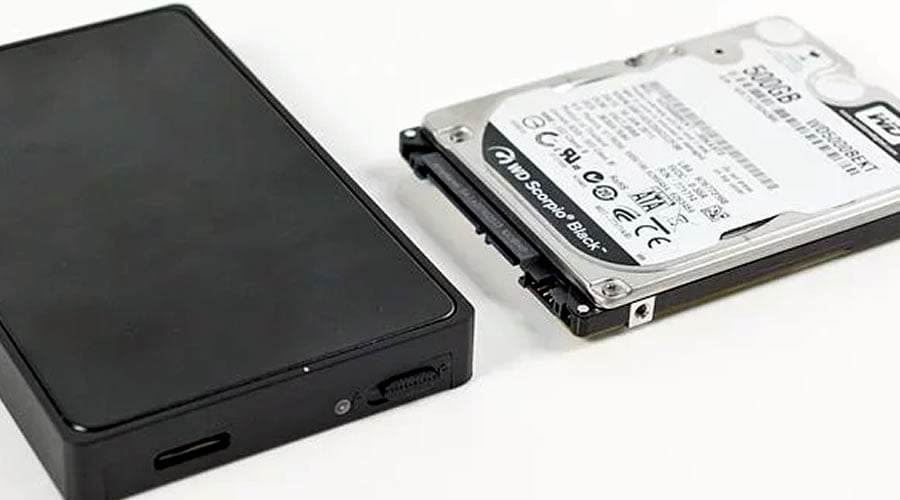When it comes to backing up an entire hard drive, the average computer user has several options at their disposal. For novices, however, the number of choices can easily cause confusion. How do you know what backup method is right for you? Perhaps even more importantly, how do you know which software to use?
Disk Imaging
Disk imaging is one of the most common methods used when backing up an entire hard drive. Note that many users won’t have to necessarily backup their entire drive, and, as such, there are other backup methods that will be quicker, easier, and more efficient.
In disk imaging, the entire contents of the hard drive are stored in an archive known as an image file (.img). However, this data isn’t immediately accessible. Instead, the image file must be applied to another hard drive, or uncompressed, before it’s usable. This process copies the data from the image file into the correct paths within the target drive.
Depending on the size of your image file, the process of uncompressing each and every file could take quite a long time. It’s best to leave your entire system alone until the process is complete.
Disk Cloning
Similar to disk imaging, disk cloning also makes a verbatim copy of an entire hard drive. The biggest and most notable difference is that disk cloning doesn’t save the data as an image file. As such, you’ll be able to access your data as soon as it’s been copied onto the target drive – there’s no need to uncompress any files.
EaseUS Todo Backup is a free backup software and disk clone tool, it helps you clone the disk/partition you want to transfer to another hard drive. It supports sector-by-sector clone, optimizes for SSD, and even allows you to create a portable Windows USB Drive. With it, you can create backups for your operating system in case of a computer break-down or system crash.
The downside to disk clone, however, is the fact that it doesn’t use any kind of data compression at all. As a result, disk clones generally take up much more space than a disk image file. Disk cloning is typically faster than disk imaging, too, since the files and folders don’t have to be individually uncompressed before copying.
Copy and Paste
If you’d prefer to back up your files manually, then copy and paste method is your only real option. This gives you the ability to pick and choose which files and folders you copy – you don’t necessarily have to copy every single file.
Unfortunately, the process of copying and paste individual files or folders to an external storage device is extremely tedious and time-consuming, but you’ll have full control over your data during this process. If you want to save space, you can even manually compress your archived files either before or after they’ve reached their target destination.
Choosing the One That is Right For You
As you can see, there are multiple choices when it comes to backing up an entire hard drive. While disk imaging is often preferred for long-term data backup and archival, disk cloning is the go-to option when you’re trying to replace or upgrade an older drive.
Finally, the traditional method of copying and pasting data is still an option for those who prefer to do things themselves. Regardless of the method you choose, backing up your data on a regular basis can spare you significant headache and hassle in the long run.


